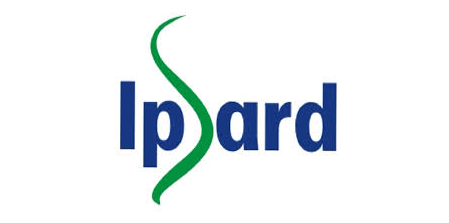Comparative Study for Sustainable and Better Market Access of the Regional Rice Sector
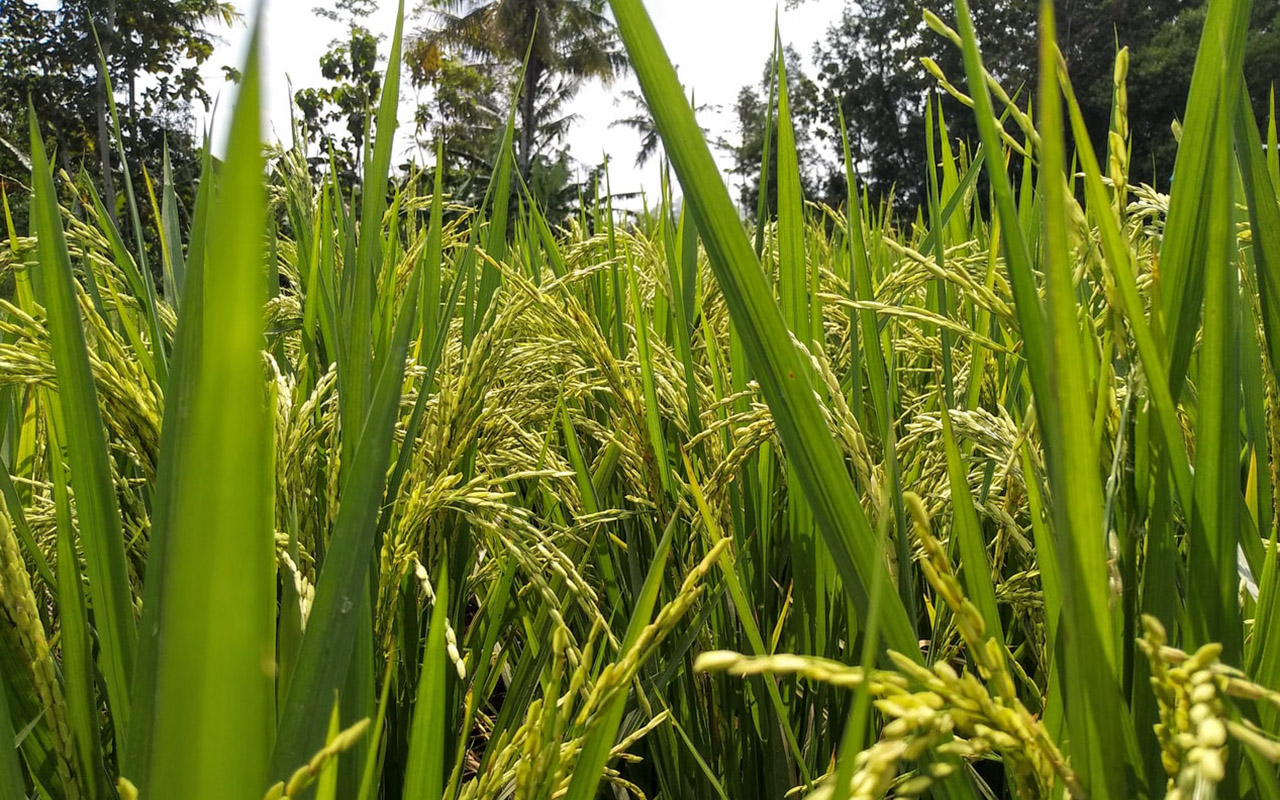
As part of comparative study, the content of this study focuses on the rice sector and market access in Cambodia. The comparatives study is essential for the region because of the important role of the rice sector in national economy of countries and problems in sustainable and better market access. Firstly, rice is key sector of 4 countries for food security. In Vietnam, Laos Cambodia and Myanmar, rice is the main food crop, and plays an important role in ensuring national food security. Rice is consumed by nearly 98 million of the total population in Vietnam, accounting for approximately 67 percent of average total dietary energy consumption in Laos . Secondly, there is a large number of poor and small holders in the rice production. Rice cultivation is the livelihood source of many rural households, and most of the farmers in the region are poor and small-holders with scattered and fragmented farming land. In the current period of development, these countries aim to develop the rice industry in the direction of building large production areas, to stimulate land consolidation but cannot exclude a large number of small farmers. This requires solutions to create markets for small holders. Thirdly, monitoring the supply and improving market access, especially high-value markets is a shared interest of these countries. Rice contributes considerably to export earning of countries. The rice export market is divided into two groups: the low-priced rice market and the high-priced rice market. The countries in this study are currently participating at the low-priced rice market segment and thus has to compete on price with other low-priced rice competitors like India. Since consumers’ behavior change over health and safety is growing in many countries around the world, it might also affect region consumers, so the demand for high-quality rice is increasing. So the rice sector has gradually transformed the production quality and processing standard, towards monitoring the supply and improving market access, especially high-value markets. This study does completely align with the areas of thematic focus in IFAD’s Strategic Framework 2016-2025 and the Priority of IFAD.
This study is expected to improve the consumption market of the rice sector in these countries towards sustainable and better market access, special attention to high value market access. Besides, the study is also directly related to other priorities of IFAD, which is to improve the quality of rice to improve the nutrition of the people, improve the productivity of crops to help strengthen the national food security. In addition, the target locations are also among IFAD's priority locations, targeting the poor and small holders in the rice sector. Moreover, climate change is negatively affecting these countries, in which rice cultivation is seriously affected. The study also intends to share the cultivation experiences of the countries, propose solutions to respond to and mitigate climate change to improve rice value and productivity.
Project Objective
This study aims to provide an overall picture of the Cambodian rice sector, propose solutions for sustainable and better market access for the sector through evidence-based policy recommendations; and facilitate sharing experiences and strengthening cooperation among network countries. Specific objectives include:
- Review the rice sector with focus of rice production and the impact of climate change.
- Review and assess the needs and potential of domestic and export rice markets of countries, especially the potential to participate in high-value markets.
- Review and evaluate Cambodia’s rice trade policies.
Project Members
Other Projects
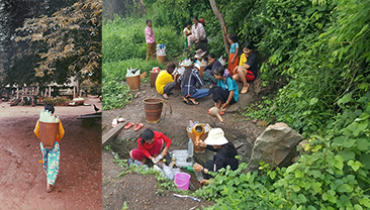
Cambodia Gender and Inclusive Development Analysis...
This study aims to fill this gap in research by conducting a Gender and Inclusive Development Analysis (GIDA) combining qualitative and quan...
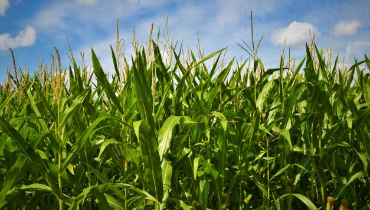
Cambodia's Agri-Food Trade: Structure, Challenges,...
From the early 1990s, Cambodia’s agricultural food trade was seen as exports of raw materials and unprocessed primary commodities to neighbo...
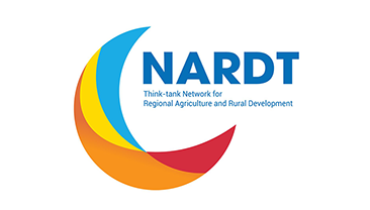
Network for Agriculture and Rural Development Thin...
The Network of Agriculture and Rural Development Think-tanks (NARDT) project is designed to form a consortium with flexible cooperation mech...
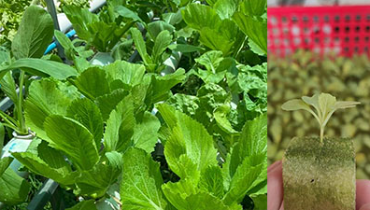
On-farm Food Safety in Horticulture in Cambodia: T...
Despite being an agrarian economy, Cambodia imported vegetables approximately 70 percent of the total domestic consumption because the com...




